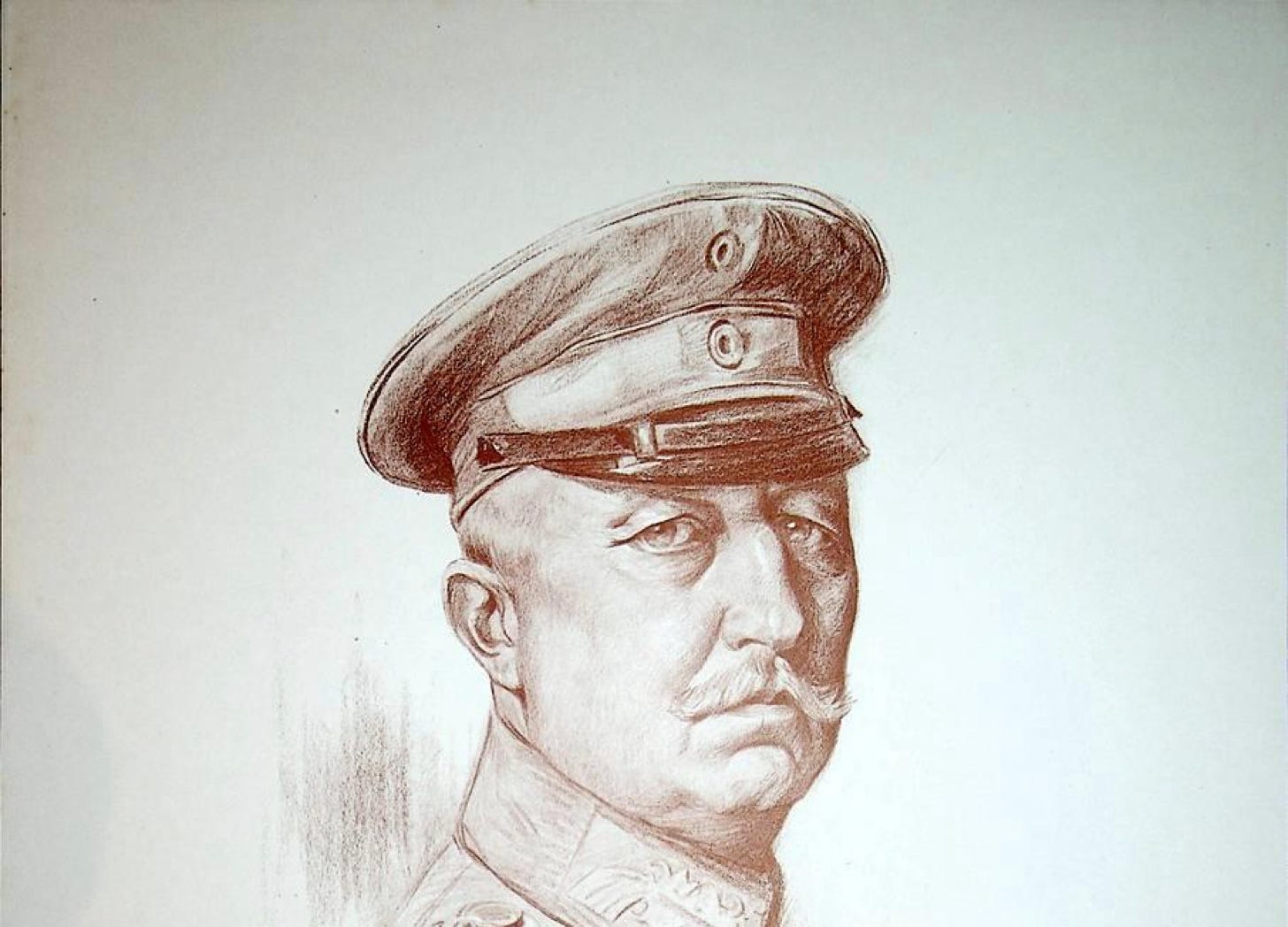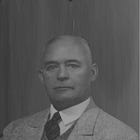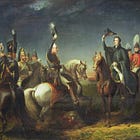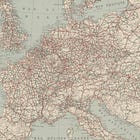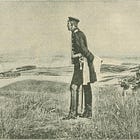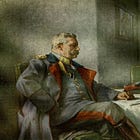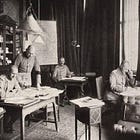In the issue of that magazine dated April, 1939 Wissen und Wehr (Knowledge and Defense) published a substantial reply to the three articles articles that Georg Wetzell had written in response to the introduction that Wolfgang Foerster wrote for his book Heerführer des Weltkrieges (Military Commanders of the World War.) The sub-series continued with this post presents a translation of this article made by Frederick W. Morton in 1939 and revised, with reference to the German original, by Your Humble Servant.
For the first four posts in this sub-series, please see …
For links to translations of the articles written by General Wetzell and, when they appear, the other parts of Lieutenant Colonel Foerster’s article, please see
Wolfgang Foerster
The Picture of the Modern Military Commander:
A Word of Defense and Explanation
(Continued)
This brings me to my description of the military commander of the World War days, in which connection I think primarily of Ludendorff. I realize what it means for a man like Wetzell, who for two years served this great general as his first assistant in the Operations Section, to protest against my illustration. And yet, I have no corrections to make; I believe that these protests are based merely on misunderstandings and erroneous interpretations. Wetzell sees in my words the picture of that ‘stranger at the front and lonely learned thinker at the desk whom a sound conception of war may for ever spare us’.
At no place did I speak of a ‘stranger at the front’ or ‘learned thinker who relies exclusively on technical means of communication and, waiving personal discussions with his subordinate commanders, remains close to his desk’ and directs the operations and battles from there. In order to clarify misunderstandings, I wish to cite an extract of my description of the functions and characteristics of the military commander of the World War.
For our times and probably for many years to come, the strategist who makes careful preparations for the decisive operation or a number of them and who directs the maneuvers from a central location will remain the typical figure of the modern military commander as presented to us in the World War. The military commander gradually disappeared from sight. The troops no longer saw him. Undoubtedly, he remained a soldier, however, it is clear that the type of soldier, embodied by the military commander, differed fundamentally from the traditional version of the military commander who would sacrifice his own life even in relatively recent wars when the soldier in action could not see his opponent and the death-dealing bullet had lost its personal effect.
The change in the type of military commander in turn led to the creation of a different type of soldier, a type which many people to the present day hesitate to accept for reasons which are not entirely unsound. The result was an undeniable separation and even estrangement of the troops and the commander in chief. The military commander thus assumed a burden which was all the more difficult to bear the stronger his sentimental ties with the troops in the field were. He became a lonely person. The advancements made in the field of technique permitted the omnipresence of a central will in a degree which was inconceivable in the days of the older Moltke. Towards the end of the World War, practically every wish of the commander in chief with regard to direct communication over long distances could be met. Although he, himself, never set foot on the zone of combat, air photography furnished him far more up-to-the-minute and accurate information about the strength and disposition of the enemy than the military commander could receive in the days of the German Wars of Unification under William I. The modern military commander was not subjected to an excess of physical strain. He made his decisions in a warm, well-illuminated room at his map table. On the other hand, his mental task had increased tremendously, since the case of transmitting orders and messages had greatly augmented the flow of incoming and outgoing communications. The military commander of the World War period was confined to his office almost constantly.
The flute of Frederick the Great or the whist games of Field Marshal Moltke had no place in his daily work. His staff had grown considerably. The mass of information and reports, requests and offers, which reached headquarters without end, would have been too much even for the strangest mind without the assistance of a staff of specialists. It was the function of these staff officers to cull the most important information from the reports and so to facilitate the work of the military commander, which in many respects assumed an almost scientific character. His activities were by no means limited to the conduct of the operations. The military commander was the de facto, if not de jure, master of affairs which rightly came under the jurisdiction of the War Ministry. He was required to pass judgment and make decisions in technical, economic, political, and educational matters. This brings up the question whether this illustration of a military commander, as represented by Ludendorff, should be regarded as a new step in the development of the picture or as a singular instance.To be continued …
For links other parts of this series, please see:
For articles on topics related to this post, please peruse:



